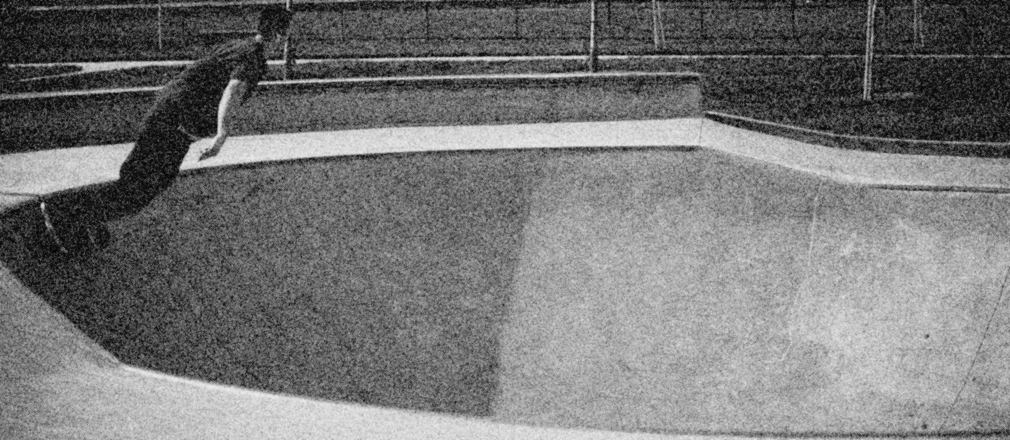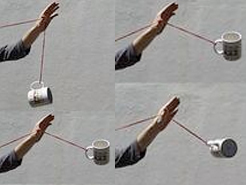Pumping for Speed
Frontside Forces and Fakie Flight: The Physics of Skateboarding Tricks (continued...)
Skateboarders in half-pipes and bowls have a need for speed. The faster they go, the higher they can fly up over the lip. Achieving greater heights is not only impressive on its own, it's necessary for pulling off acrobatic tricks like Caballerials and McTwists .
On flat ground, the conventional method for gaining speed is to push off with one foot. But the curved surfaces of half-pipes and bowls present a much more elegant option for the speed-hungry skater. It's called pumping.
To pump, a skater first drops down into a crouch while traversing the more-or-less flat bottom of the U-shaped pipe or bowl. Then, as she enters the sloped part of the ramp or bowl, called the transition, she straightens her legs and rises up. By raising her center of mass just at the beginning of the arc, the skater gains energy and thereby increases her speed.
Pumping on a skateboard in this way is closely related to pumping on a swing. To get the swing to go higher, you lift your legs as you pass through the bottom of the swing's arc, then drop them at the top of the arc. Each time you do this, you gain a little energy and swing a little higher.
From a physics point of view, the extra speed that comes from both kinds of pumping is a result of the equivalence of work and energy. As you move into the bottom the arc, centripetal force makes it harder than normal for you raise yourself. The net work you perform in lifting yourself is equivalent to a net energy gain. This energy gain translates into extra speed and greater height at the top of the swing or ramp.


